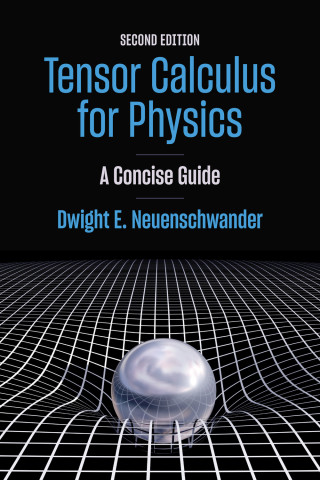
Reviews
This very well written book is densely packed with information.
I am not aware of any other book that covers the treatment of eclipses in early astronomy in anything like the breadth of culture and geography, the depth of mathematical astronomy, the scholarly analysis, and the general accessibility that we find in this book.
The book is splendid. It is a sophisticated scholarly work with important broader theses... Chasing Shadows will be a first contact for scholars on the history of eclipse theory for many years to come.
The book sets a high standard for scholarship, and is written in compelling prose. It will be the standard reference for the history of eclipses.
A substantial contribution to the history of ancient astronomy. It is especially significant because of the cultures discussed and in particular its treatment of Indian astronomy.
Book Details
Preface
1. Heavenly Hide and Seek: An Introduction to Eclipse Reckoning in Early Times
1.1. Development and Cross-Cultural Transmission
1.2. Eclipses and Their Human Significance
1.3. Observation and
Preface
1. Heavenly Hide and Seek: An Introduction to Eclipse Reckoning in Early Times
1.1. Development and Cross-Cultural Transmission
1.2. Eclipses and Their Human Significance
1.3. Observation and Theory
1.4. Aims of This Study
2. The Rudiments of Alignment: Basic Eclipse Theory
2.1. The Moon and the Sun
2.2. Eclipses
2.3. Prediction and Patterns of Eclipses
2.4. The Celestial Sphere
2.5. Mathematical Conventions
3. An Accountancy of Appearances: Mesopotamian Eclipse Reckoning
3.1. Overview
3.2. The Earliest Accounting for Eclipses: Enuma Anu Enlil
3.3. Assyrian Eclipse Reckoning: The Letters and Reports
3.4. Babylonian Eclipse Reckoning
4. Beyond the Appearances: Greek Eclipse Reckoning
4.1. Overview
4.2. Early Greek Geometrical Celestial Conceptions
4.3. Sizes, Distances, and Measurement: Aristarchus and Archimedes
4.4. Early Greek Mathematical Astronomy
4.5. The Peak of Greek Mathematical Astronomy
4.6. Omens in Greek and Hellenistic Sources
5. Recipient and Remoceler: Indian Eclipse Reckoning
5.1. Overview
5.2. General Features of Eclipse Reckoning in India
5.3. Eclipses as Omens
5.4. Eclipse Observation Records in Inscriptions
5.5. Eclipse Reckoning in Indian Texts with Greco-Babylonian Influence: The Pancasiddhantika of Varahamihira
5.6. Eclipse Reckoning from the Fifth to the Tenth Century
5.7. Paramesvara and the Astronomical School in Kerala
6. A Science of Configuration: Arabic Eclipse Reckoning
6.1. Overview
6.2. General Features of Eclipse Reckoning in the Islamic Near East
6.3. Major Contributions to Islamic Eclipse Reckoning
7. Concluding Remarks
Appendixes
A. Abbreviations and Conventions
B. A Comparison of NMAT and MAT Eclipse Predictions
C. The Eclipse Tables in the Wajiz of al-Khazini
Notes
Glossary
Bibliography
Index






